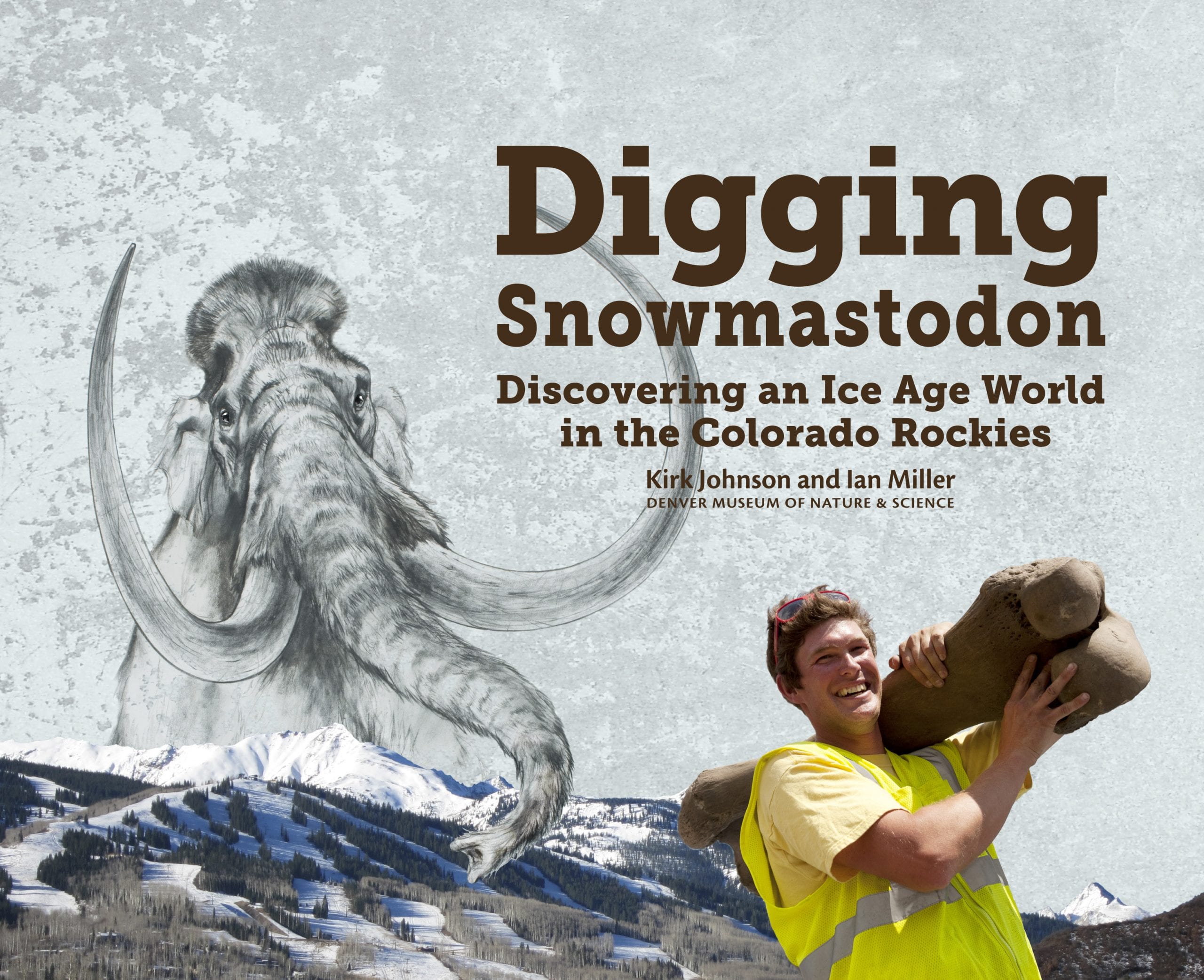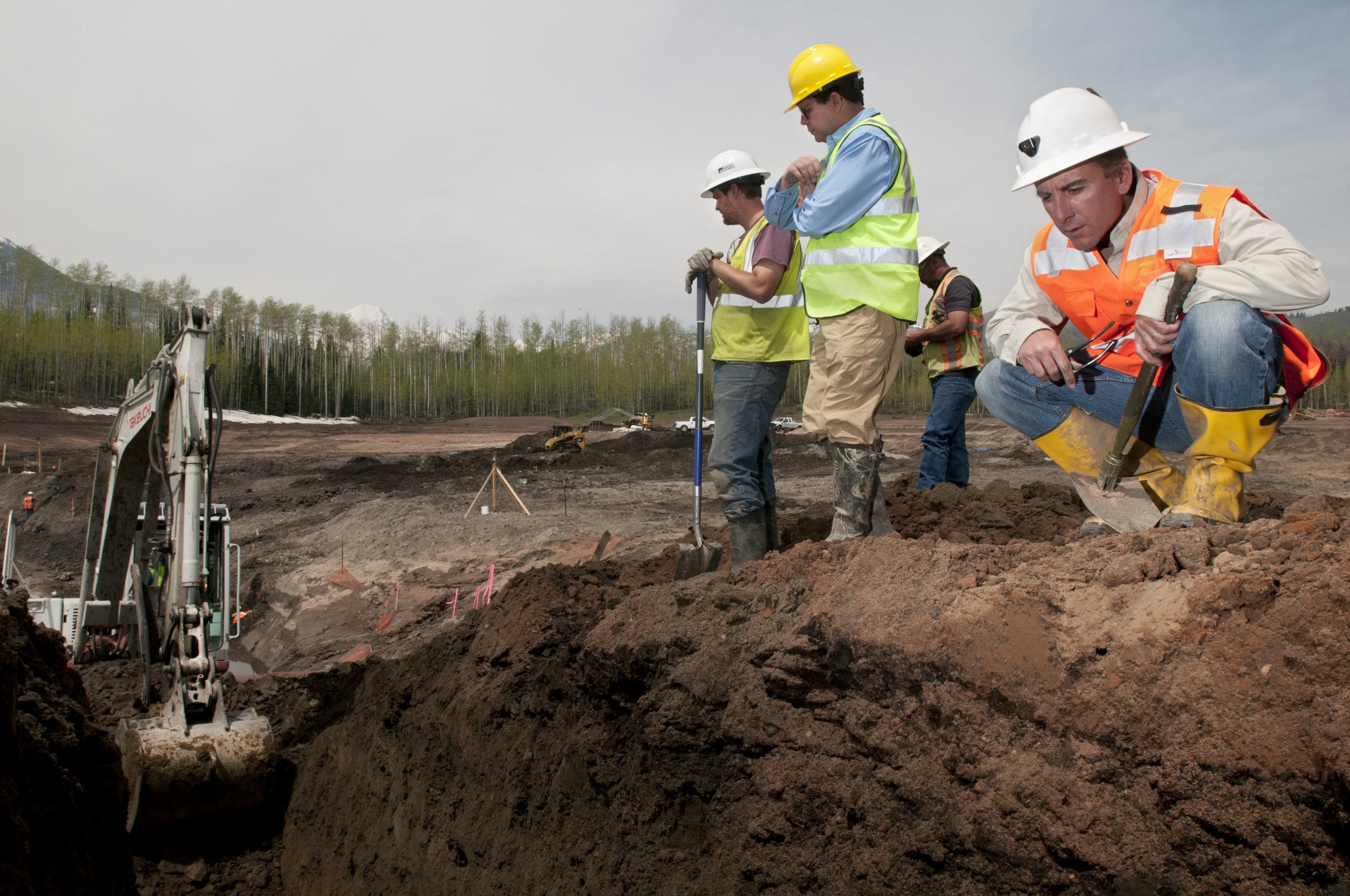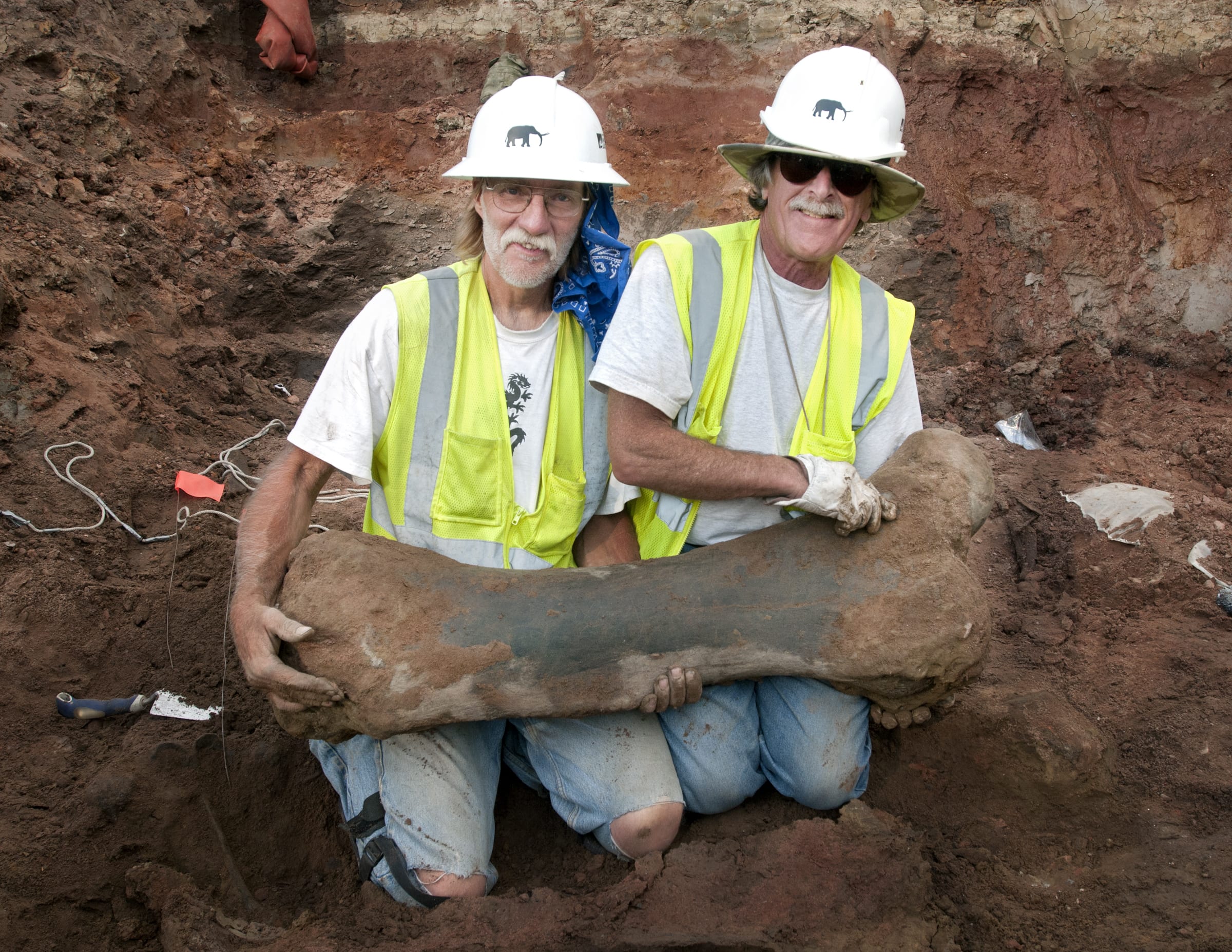
Large, mysterious bones began to emerge amongst the backhoes and mud caked boots. Construction workers were told to continue digging the reservoir. The development finally halted when a massive, warped tusk confirmed that this was no rancher's bovine cemetery.
Reputable scientists flocked to the scene, eager to get their hands dirty. Time was of the essence as work on the new reservoir could only be postponed a few months. Paleontologists and volunteers plucked teeth and slogged femurs out of the pit around the clock, but the collection of fossils seemed endless. Seven years ago, a construction project in the small ski town of Snowmass, Colorado, led to one of the great paleontological discoveries: a death pit of prehistoric life. Later, the dig would be wittily dubbed The Snowmastodon Project.

One hundred thousand years prior, the Snowmastodon site was a lake cradled between the outstretched alpine ridgelines of the Rocky Mountains. Its shores served as a melting pot for animals that came to feed and drink. Over the centuries, a tremendous and diverse collection of creatures expired along the water's edge. Thousands of years of landslides and sediment buildup filled this prehistoric lake preserving over 6,000 Pleistocene megafauna fossils and more than 10,000 from smaller invertebrates.
Typically, dig sites produce fossils related to a specific event that provide just a peek into the past. Snowmastodon is unique because it leaves no gaps in the ecological record. The lake captured an entire trophic system with predators, prey, plant life, and even fossils from the lake itself. Only a time machine would allow for a better interpretation of the environment. Mammoth, mastodon, giant sloth, buffalo with horns six feet across, and numerous other primeval beasts were recovered. But why do we not find the remains of these erstwhile species scattered ubiquitously beneath our feet?

Earth's distance from the sun undulates across a cylindrical field and the ebb and flow results in times of global warming and cooling. Note: do not misinterpret this pattern as a justification of recent climate change, which has much more to do with greenhouse gasses expediting the rate at which climatic changes are occurring. The Sangamon Interglacial occurred approximately 140,000-77,000 years before present; the climate was warm, and, as the name implies, glaciers had receded to expose a vast, prolific landscape. As the Sangamon came to a close, the climate cooled and glaciers expanded. Glaciation had a bulldozer effect, scarring the Earth as the ice slowly crept forward. Environments that contained remnants of prehistoric life were decimated by the advancing ice fields. The Snowmastodon site sat high above this post-Sangamon glaciation, and the area became a time capsule.
The discoveries from the Snowmastodon site conjure up a sense of slightness. Species come and go, but with Snowmass we see the framework of a complex, healthy environment. The cycles that control climate will not halt, and Earth's inhabitants will continue to adapt or be phased out.
Featured Image: Acrylic painting of Ziegler Reservoir landscape by Jan Vriesen. Depicts ~ 120,000 years ago, when the area was dominated by mastodon, giant ground sloths, and bison. Image Credit: Digging Snowmastodon – Denver Museum of Nature and Science
 Harrison Brock is an undergraduate biology and ecology major at UGA. You can find him running around in swamps, hunting invasive pigs, and cooking said pork with his friends. Social media doesn’t agree well with his stomach, but you can connect with him at hkb4@uga.edu or via the Environmental Change Lab. More from Harrison Brock.
Harrison Brock is an undergraduate biology and ecology major at UGA. You can find him running around in swamps, hunting invasive pigs, and cooking said pork with his friends. Social media doesn’t agree well with his stomach, but you can connect with him at hkb4@uga.edu or via the Environmental Change Lab. More from Harrison Brock.
About the Author
- athenssciencecafehttps://athensscienceobserver.com/author/athenssciencecafe/April 17, 2020
- athenssciencecafehttps://athensscienceobserver.com/author/athenssciencecafe/April 12, 2020
- athenssciencecafehttps://athensscienceobserver.com/author/athenssciencecafe/April 3, 2020
- athenssciencecafehttps://athensscienceobserver.com/author/athenssciencecafe/March 30, 2020







